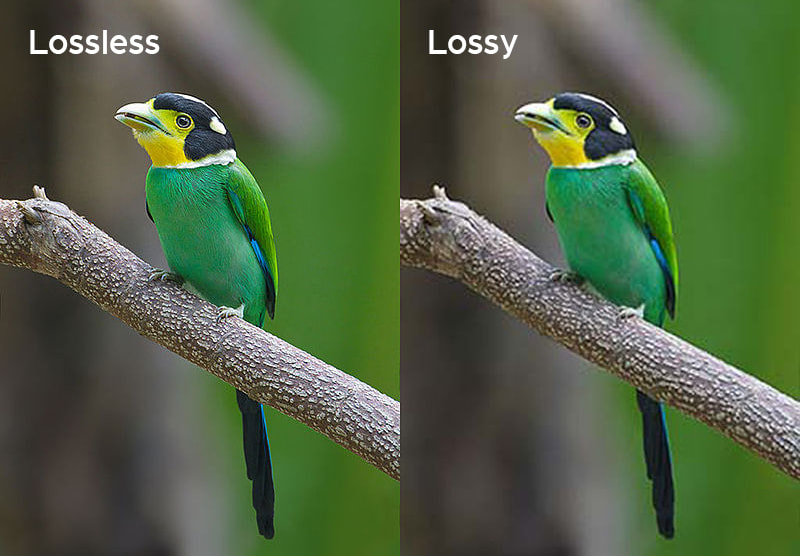When it comes to printing PDFs, the quality of the final output can be heavily influenced by the type of compression used. There are two main types of compression: lossy and lossless. Understanding the differences between these two forms of compression can help you make the right decision. It will also ensure that your printed documents look as good as possible.
Lossy Compression
Lossy is a type of compression that discards some data from the original file in order to reduce its size. The idea behind lossy compression is to remove information that is not critical to the visual quality of the file. Lossy compression is often used for image and video files, where a slight reduction in quality may not be important.
While lossy compression can result in significantly smaller file sizes, it also has some disadvantages when it comes to printing. Since information has been removed from the original file, the compressed file may look lower quality than the original, with a noticeable reduction in detail, sharpness, and color accuracy. We’ve found that’s almost always the case with lossy compression especially if you’re using one of the dozens of websites you’ll find doing a simple Google search for “PDF compression”.

Lossless Compression
Lossless compression, on the other hand, is a type of compression that reduces the size of a file without losing any of the original data. This means that the final output will be identical to the original file, with no loss in quality. Lossless compression is often used for text and vector graphic files, where preserving the integrity of the original data is critical.
When printing PDF files, it is usually best to use lossless compression. This will ensure that the final printed document is a faithful representation of the original, with no loss of quality or detail. Lossless compression may result in larger file sizes compared to lossy compression, but the benefits in terms of print quality and accuracy make it the preferred choice for many professionals.
The Bottom Line On Lossy vs Lossless
When it comes to printing PDFs, the type of compression used can have a significant impact on the final output. Lossy compression can result in smaller file sizes but may also lead to a reduction in quality and accuracy. Lossless compression, on the other hand, ensures that the final printed document is an exact representation of the original file. That means no loss of detail or accuracy. For this reason, lossless compression is almost always the preferred choice for professionals who require the highest quality printed documents.
Here at File Splice we run all of our builds through a high quality lossless compression. The image quality will remain high but the overall file size will be manageable. This allows for easy downloading, emailing, uploading or whatever you need to do. That said there is a button next to each build to download the non compressed version of your build. Compare it to the compressed one and you can see the file size difference.
If you have additional questions about the compression we use or have questions about our system capabilities contact us. Cheers!
